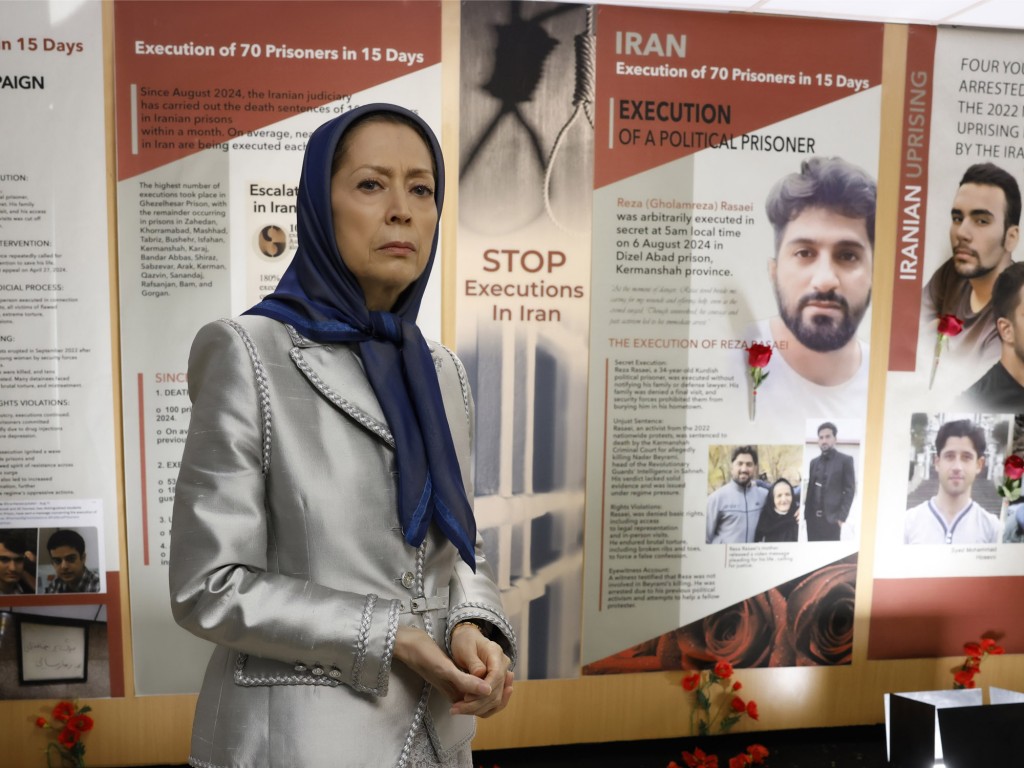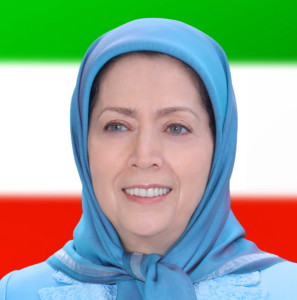The “No to Executions” Campaign

Executions, and More Executions: The Unified Stance of the Regime’s Factions Against the People of Iran
The numbers are shocking. Every day, a young life is taken by hanging. Since Khamenei’s newly appointed president, Masoud Pezeshkian, assumed office in August and assembled his handpicked cabinet, until today over 160 individuals have been executed. In the mullahs’ regime, execution serves not just as a form of punishment but as a tool to consolidate and maintain their grip on power. In a horrific crime, a young man named Mohammad Mir-Mousavi was tortured to death just hours after his arrest. The regime’s security forces have intensified their crackdown on women and youth, subjecting them to arbitrary arrests and violence based on fabricated charges.
The clerical regime aims to fortify itself against the uprising of Iran’s enraged populace by resorting to daily executions and widespread repression.
The Regime of Executions and Massacres Against the People of Iran
Every day, people take to the streets in protest and go on strike. Workers demand their unpaid wages, nurses protest against exploitation and harsh working conditions, retirees fight for their stolen rights and pensions, and farmers rally against the destruction of their livelihoods caused by water shortages.
As poverty and destitution tighten their grip on the majority of society, the regime’s president, in direct contradiction to his promises, has begun his so-called economic “surgery” at the expense of the poor and marginalized. It wasn’t long before he raised the price of bread. The rise in bread prices will swiftly trigger inflation across other essential goods, upon which people’s livelihoods depend. Amid the chaos caused by the bread price hikes, he has also announced plans to increase fuel prices.
The mullahs’ regime lacks legitimacy, and its crimes and plundering will not sustain its grip on power. Between this regime and the people of Iran lies a vast sea of blood, the blood of the country’s noblest sons and daughters over four decades.
Executions are not a recent phenomenon. The regime’s record of executions and massacres over the past 45 years has engulfed all of society, affecting adherents of various religions and oppressed ethnic groups such as the Baluch, Kurds, and Arabs.
Since Khomeini’s rule began in 1979, following the hijacking of the people’s anti-monarchical revolution, thousands from all walks of life—youth and teenagers, students, doctors, nurses, engineers, teachers, workers, and athletes—have been executed or killed. This includes individuals from various ethnic and religious backgrounds.
In 1988, following Khomeini’s devastating fatwa, over 30,000 political prisoners were hanged, 90% of whom were members and supporters of the People’s Mojahedin Organization of Iran (PMOI/MEK). Since then, the Justice Seeking Movement has tirelessly worked to document the names of those who were massacred.
Under Khamenei’s rule, the nation bleeds every day. Last year alone, 864 people were executed. In 2019, at least 1,500 were gunned down during the nationwide uprising, and 750 more were killed in 2022.
The Way to Confront the Regime of Executions
Thanks to the relentless efforts of the Iranian Resistance and human rights advocates, the United Nations has passed 70 resolutions to date condemning the clerical regime’s human rights abuses.
We have consistently maintained that the only way to confront this regime of executions and massacres is through protest, rebellion, and the expansion of resistance and uprisings aimed at toppling it. In the face of a regime characterized by executions and massacres, we must vigorously support and expand the “No to Executions” campaign. The international community must move beyond the outdated policy of appeasement towards the Velayat-e Faqih regime in Tehran.
Governments should condition their relations with the mullahs’ regime on an end to executions and acknowledge the Iranian people’s right to struggle for the regime’s overthrow. One thing is certain: this regime cannot evade its inevitable downfall. The resolve of the women and youth of this nation is steadfast, committed to rising up and fighting to the end for freedom and liberation.

